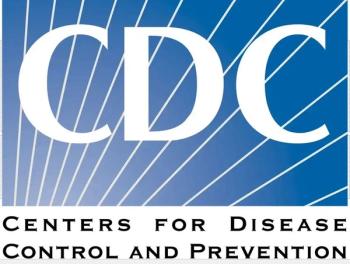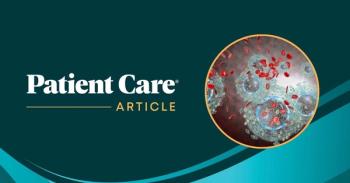
Quiz: Surprising Facts About Hepatitis C
Are you up-to-date on HCV? Take this quick quiz and find out.
The number of US deaths associated with hepatitis C virus (HCV) infection rose from 11,000 in 2003 to more than 19,000 in 2013, according to
More surprising facts about HCV can be found in this 5-question quiz.
1. According to the CDC, how many persons incarcerated in US jails and prisons have tested positive for HCV?A. 1 in 3
B. 1 in 4
C. 1 in 5
D. 1 in 6
The correct answer is A. 1 in 3
*********************************
2. No HCV or HCV-like viruses have been found in nonhuman primates; however, nonprimate hepaciviruses have been discovered in:A. Rats and mice
B. Dogs and cats
C. Pigs and ferrets
D. Horses and dogs
The correct answer is D. Horses and dogs
***********************************
3. Which of the following populations is currently at highest risk for acquisition of HCV?A. Men who have sex with men
B. Current injection drug users
C. Recipients of blood and blood product transfusions prior to 1986
D. Female sex partners of HCV-infected men
The correct answer is B. Current injection drug users
**********************************
4. Which of the following was not a major cause of the global spread of HCV after World War II?
A. Blood transfusions
B. Injection drug use
C. Sexual contact
D. Use of nonsterile medical equipment on multiple patients
The correct answer is C. Sexual contact
**********************************
5. How soon after exposure to HCV can HCV RNA can be detected in the blood using a nucleic acid test (NAT assay)?A. 5 to 7 days after exposure
B. 1 to 2 weeks after exposure
C. 2 to 3 weeks after exposure
D. 3 to 4 weeks after exposure
The correct answer is B. 1 to 2 weeks after exposure
For more information on all questions and answers, please see the following links to articles from the Patient Care SPECIAL REPORT: Hepatitis C and Primary Care:
Question 1
Questions 2 - 4
Question 5
Newsletter
Enhance your clinical practice with the Patient Care newsletter, offering the latest evidence-based guidelines, diagnostic insights, and treatment strategies for primary care physicians.





















































































































































































































































































